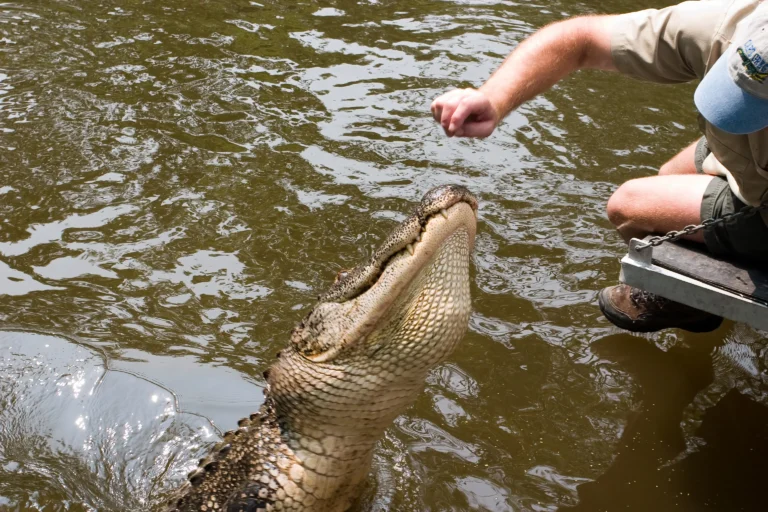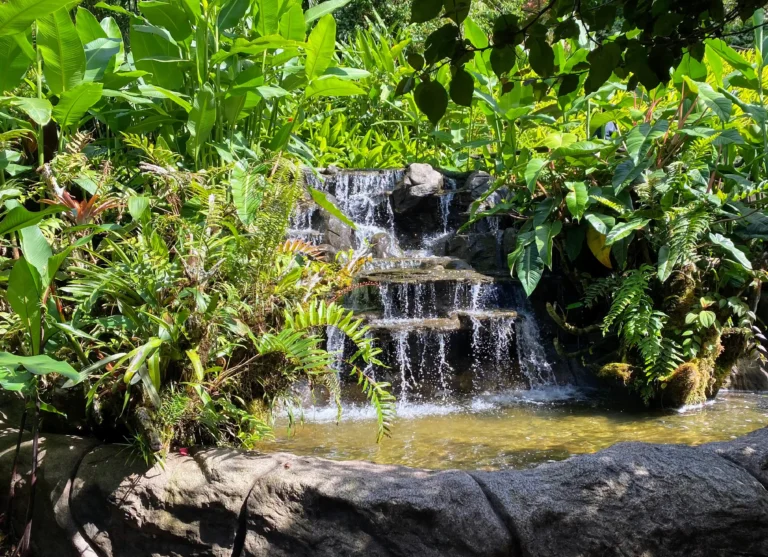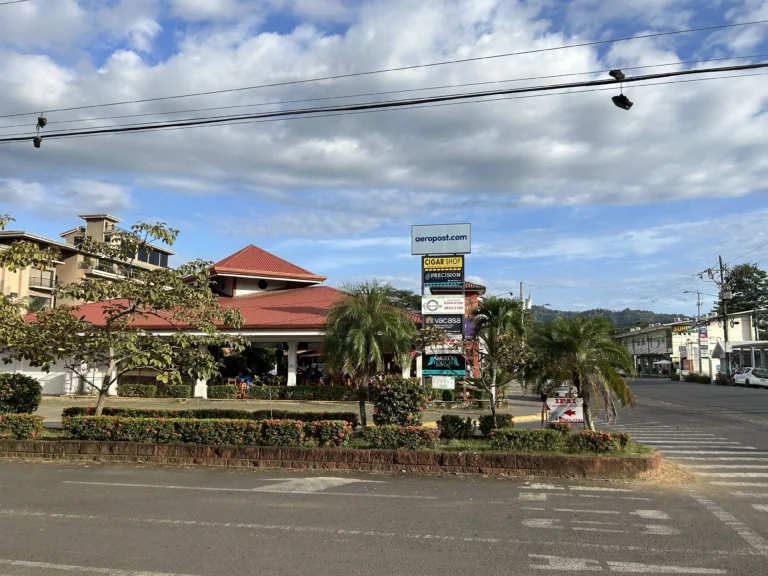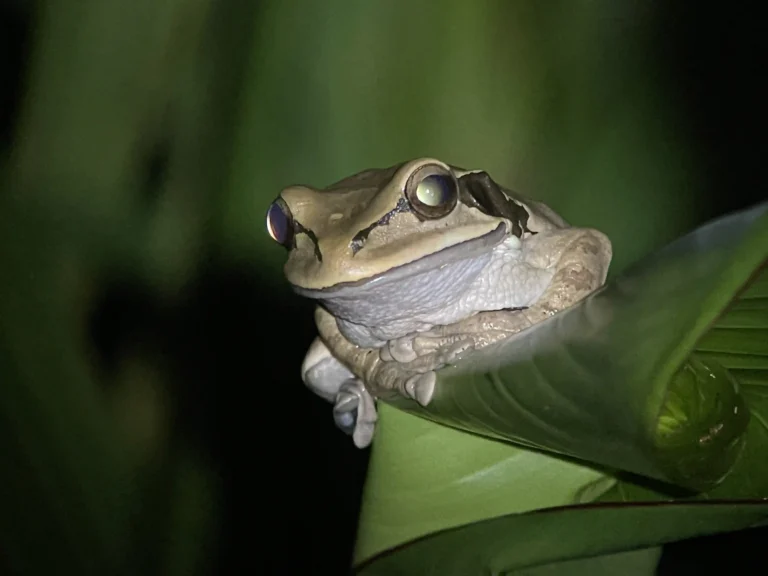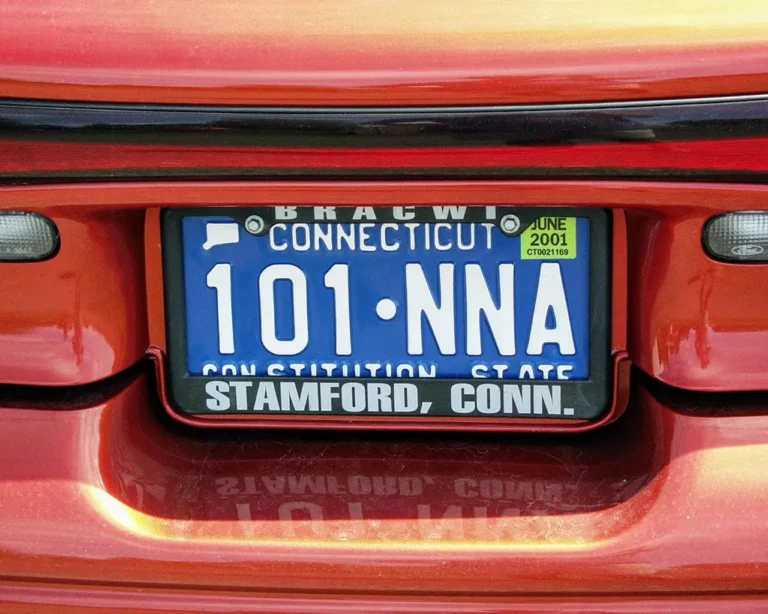One of our objectives in Louisiana was to visit a swamp. As New Orleans is built in a very wet area and, according to Lonely Planet, New Orleans boasts the largest alligator population, we decided to do it near the city here. Our hotel host suggested we buy the tour from Cajun Pride Tours. We purchased a combo ticket, including a swamp and a San Francisco Plantation.
The tour bus picked us up from the hotel and took us to the Manchac Swamp, a privately-owned wildlife refuge. The tour guide was a local who was very experienced, as, in our understanding, he had lived here forever and was friends with all the animals in the swamp. Alligators were unafraid and responsive to the boat captain’s call. They peeked out from the underbrush and came directly to the boat. The Captain had food in the ship—chicken legs and marshmallows—and alligators and raccoons were very ravenous for those.
During the trip, there was also the possibility of feeding alligators by ourselves. I tried also, but this was not very professional because the typical reaction is that you will be afraid. We learned that it is so that the gator tries to catch what is moving. If you move the boot, his attention is on that. If you move the chicken leg, it catches this. For us, it was a surprise that alligators love marshmallows. Later, the tour guide also showed us gator babies, and there was also a possibility to touch them. It was exciting to understand alligators’ lives better.
The swamp tour was fascinating not only because of the gators but also because the whole landscape was exciting. Veiled behind thick drapes of Spanish moss and cypress walls, Manchac Swamp is a wilderness jewel known mainly to those who have dwelled in and around it for generations, arduously earning their sustenance from its waters and wildlife. Driving there by boat, you will be drawn to the swamp’s mystery and captivated by its peace.
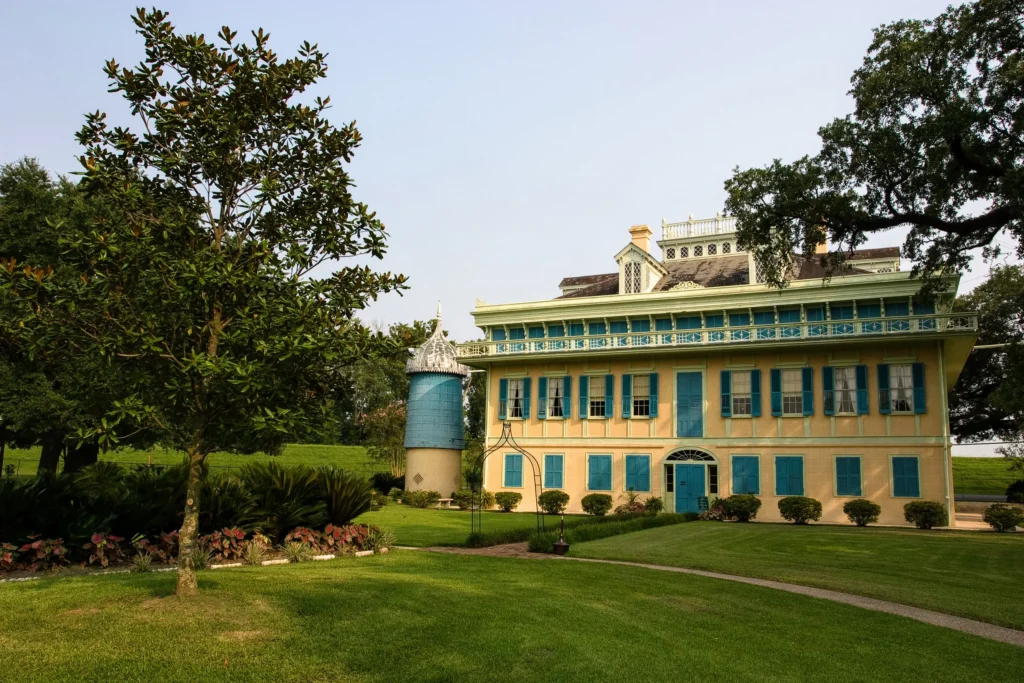
After the swamp tour, we also visited a historic San Francisco plantation. When visiting South Louisiana, it is worth visiting at least one plantation. This gives a pretty good idea of how people lived in the “good old days.” The tour at San Francisco Plantation was not about the house and the furniture. It was about the people—the men, the women, the children, the enslaved people, and the workers. It was a window into Louisiana’s disappearing Creole world. San Francisco Plantation was built in 1856. The professional tour guide took us through the stories of those times.
The tour (swamp + plantation) costs $60 per person. For others, I would suggest skipping the bus tour. You can always drive to the wetland and plantation with the car and pay less there. Also, do not leave the swamp tour as the last activity of the day. The boat captain said that starting at 5 PM, the tours are “mosquito tours.”
How to Choose a Swamp Tour
When choosing a swamp tour near New Orleans, there are several factors to consider:
Location: Choose a tour that is in the area of the swamp you want to explore. Some popular options near New Orleans include the Jean Lafitte National Historical Park and Preserve, the Honey Island Swamp, and the Manchac Swamp.
Type of tour: Decide whether you want a guided boat tour, a kayak or canoe tour, or an airboat tour.
Length of tour: Consider your time and choose a tour that fits your schedule. Some tours may last only a few hours, while others may last all day.
Price: Compare prices of different tours and choose one that fits your budget.
Reviews: Read reviews from previous customers to get an idea of the tour’s quality and the guide’s knowledge.
Safety: Confirm the tour company is certified and insured and that the tour guides are experienced and knowledgeable.
It’s a good idea to book in advance and also check the weather forecast before you go.
Note: Some tour companies may offer tours that combine swamp and plantation tours.
The story continues in Biloxi, Mississippi.
Related reading:
